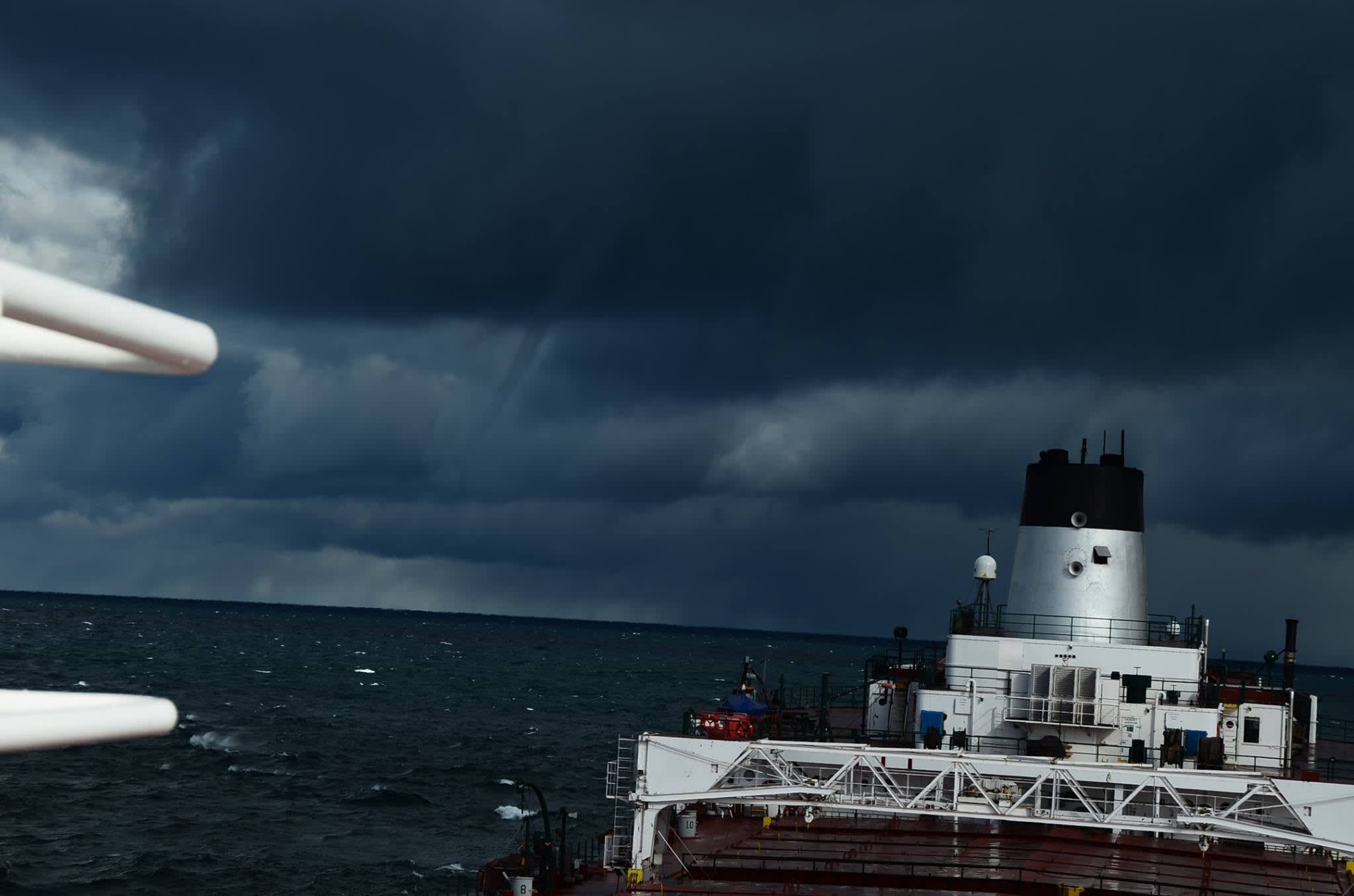Report: Great Lakes May Be Experiencing Waterspout Outbreak
OutdoorHub Reporters 10.21.15

Waterspouts occur most frequently in the fall, when cooler air moves across waters still warm from the summer. In certain years, conditions on the Great Lakes can produce a multitude of waterspouts in a phenomenon known as an outbreak, in which dozens of the funnels form and appear over the lakes. The last big outbreak was in 2003, when a record 66 waterspouts were sighted over the span of a single week on the Great Lakes. Now researchers say another outbreak may be underway.
According to the International Centre for Waterspout Research (ICWR), the outbreak started last week when a cold blast of Arctic air blew into the Great Lakes, leading to the formation of several waterspouts on Lake Huron and Lake Superior. Since then the weather front has moved onto the other lakes, and even bodies of water on the East Coast and Canada, where smaller numbers of the tornadoes have been reported.
“The waterspout outbreak over the Great Lakes continues today with several waterspouts/funnels reported over Lakes Ontario, Erie and Huron!” the ICWR reported. “These pictures were taken from a lake freighter this morning over Lake Huron off of Harbor Beach, Michigan. They saw 6 waterspout funnels, but none reached the full waterspout mature stage.”
You can see pictures of the waterspouts below:
The waterspout outbreak over the Great Lakes continues today with several waterspouts / funnels reported over Lakes…
Posted by International Centre For Waterspout Research on Saturday, October 17, 2015
September is often the peak month for waterspout activity in the Great Lakes, so this most recent outbreak comes later than usual. There is no official count on how many waterspouts were seen in the past week, but it is not likely to match 2003, which had 21 waterspouts over Lake Ontario in a single day. Experts with the National Oceanic and Atmospheric Administration (NOAA) said that record-breaking outbreak was caused by an unseasonably cold air mass that hovered over the Great Lakes for more than a week.
“Lake temperatures were also well above normal for that time of year. This combination turned the Great Lakes into a ‘natural laboratory’ that generated multiple vortices on a daily basis,” wrote Wade Szilagyi, a meteorologist for the Meteorological Service of Canada.
Fair-weather waterspouts are not usually considered dangerous since they tend to be static, but officials recommend swimmers and boaters to use caution—and to check the weather before going out.
You can see a video of a waterspout that formed near Marquette, Michigan last week below:

